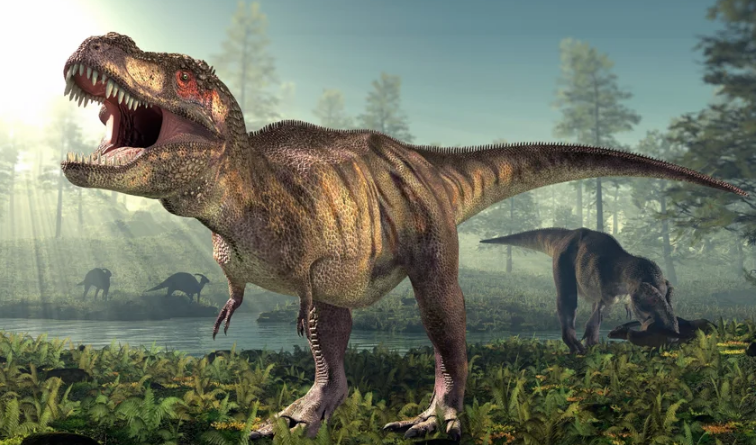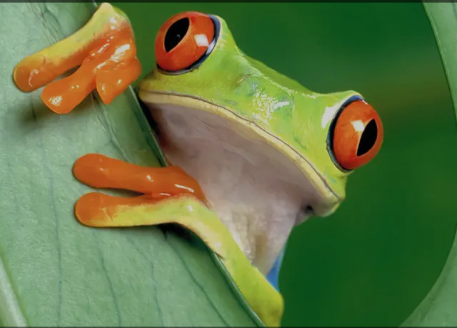Unveiling the Past: Recent Dinosaur Discoveries
The realm of paleontology continues to astound us with new revelations that paint a more detailed picture of the prehistoric world. Recent dinosaur discoveries have not only broadened our understanding of these magnificent creatures but also provided insights into their behavior, physiology, and evolution. Let’s delve into some of the most intriguing findings from the past year.
1. Feathered Giants: The Discovery of Ubirajara jubatus
One of the most fascinating discoveries comes from the Crato Formation in Brazil, where paleontologists unearthed Ubirajara jubatus, a small theropod dinosaur that lived approximately 110 million years ago. This dinosaur is notable for its unique, ribbon-like feathers extending from its shoulders. These feathers are believed to have been used for display purposes, possibly for attracting mates or deterring rivals. The presence of such elaborate feathers in a non-avian dinosaur provides crucial evidence for the role of display features in dinosaur evolution, bridging the gap between non-avian and avian dinosaurs.
2. A New Titan: Australotitan cooperensis
Australia has long been a hotspot for dinosaur discoveries, and the unearthing of Australotitan cooperensis adds another giant to its prehistoric roster. Estimated to have been over 25 meters long, this titanosaur is now the largest dinosaur discovered in Australia. The discovery of Australotitan cooperensis, along with other sauropods in the Winton Formation, supports the theory that these massive creatures once roamed vast floodplains in what is now Queensland. Detailed analysis of its bones has provided new insights into the gigantism seen in sauropods, shedding light on how these enormous animals supported their massive bodies.
3. The Arctic Dinosaur: Nanuqsaurus hoglundi
A remarkable discovery from the Prince Creek Formation in Alaska has revealed that some dinosaurs, such as Nanuqsaurus hoglundi, thrived in Arctic environments. This small tyrannosaur, which lived around 70 million years ago, demonstrates adaptations to the cold, dark winters of the ancient Arctic. The finding challenges the conventional view that dinosaurs were predominantly warm-climate animals and suggests that they were more adaptable than previously thought. Nanuqsaurus hoglundi’s existence in such a harsh climate provides a new perspective on the ecological niches dinosaurs occupied and their evolutionary versatility.
4. Dinosaur Social Behavior: A Pack of T. rex
Recent research published in the journal Paleontology and Evolutionary Science suggests that the fearsome Tyrannosaurus rex may have been a social predator. Evidence from a site in Utah, where multiple T. rex fossils were found together, indicates that these dinosaurs might have hunted in packs. The site, known as the “Rainbows and Unicorns Quarry,” has yielded clues such as consistent age distribution and bone preservation patterns that support the pack-hunting hypothesis. This discovery adds a new layer to our understanding of T. rex behavior, portraying them as more complex and socially sophisticated than the solitary hunters they were once thought to be.
5. Unraveling the Mysteries of Dinosaur Coloration
Advancements in technology have allowed scientists to make strides in determining the coloration of dinosaurs. A study analyzing fossilized skin pigments from various dinosaur species has revealed a spectrum of colors, including shades of red, yellow, and even iridescent hues. These findings not only make dinosaurs more vivid in the public imagination but also provide clues about their behavior and habitat. For instance, the presence of camouflage patterns suggests predator-prey dynamics, while bright colors could indicate social interactions such as mating displays.
Conclusion
The recent discoveries in dinosaur paleontology underscore the dynamic and ever-evolving nature of scientific research. Each new find brings us closer to understanding the rich tapestry of life that existed millions of years ago. As technology advances and new sites are explored, we can expect even more groundbreaking discoveries that will continue to illuminate the lives of these ancient giants. The field of paleontology remains a testament to the enduring human curiosity about the past and the endless quest for knowledge.






